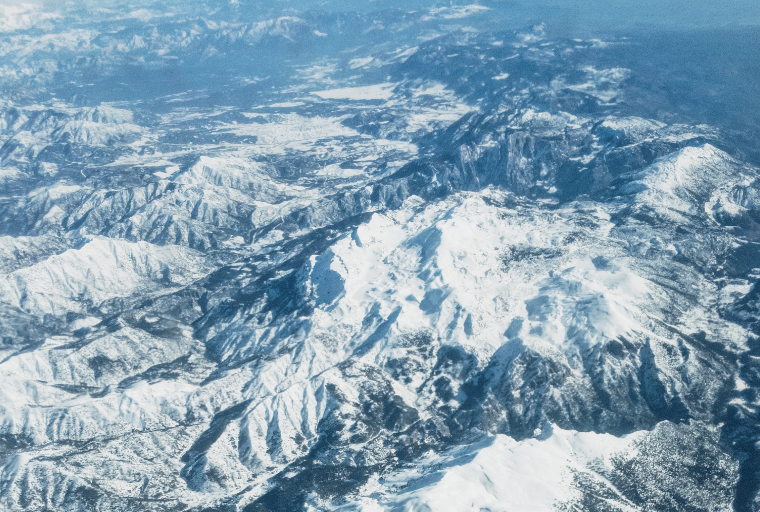Anyone who reads the news and walks the earth with open eyes sees that in this day and age “all that is solid melts into air, all that is holy is profaned.” But we are only at the beginning of epochal changes. Our ecosystem and socio-economic system are already flickering and it’s not hard to see that the 2020s are going to be a rough ride.
In the following I wand to look at some social tipping points that are likely to trigger societal change in the years to come. I do not use the term social tipping point here in a scientific-mathematical way, but as a conceptual metaphor for a point that triggers a rapid qualitative regime shift in a socioeconomic system, such as a shift from democracy to authoritarian rule. Of course, it is impossible to predict the future, but I see four social tipping points for developing and developed countries as a plausible unfolding of events in the coming years. The four social tipping points are: climate protests, food riots, fuel riots, and inflation unrest.
Climate protests
For many, climate protests that cause social tipping points are the only hope to generate sufficient political mobilization to avert catastrophic climate change. Research on critical mass for social change has shown that the opinion of the majority can be tipped by a committed minority of about 25%. Since the launch of Fridays for Future in 2018, a number of climate protest movements have emerged, including Scientist Rebellion, Extinction Rebellion and Last Generation (Letzte Generation – a German-Austrian movement). For the time being these movements are mainly a Western phenomenon and are still far from reaching a critical threshold of 25% of the national population, let alone the world population…
…click on the above link to read the rest of the article…






 Ed. note: This article first appeared in Spanish
Ed. note: This article first appeared in Spanish 





